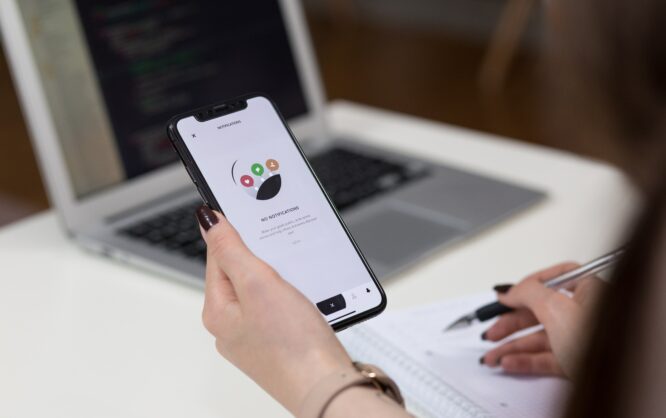Strategies And Best Practices For Successful Mobile Testing

With the accelerating growth of mobile applications, it is critical to ensure that they're reliable and function efficiently.
Mobile testing is of the utmost importance for providing flawless user experiences, increasing customer happiness, and preserving the reputation of mobile apps. That being said, mobile testing has its own set of limitations and considerations. In this article, we'll look at tactics and best practices for conducting successful mobile testing.
Device Testing On A Variety Of Platforms
The enormous number of devices and operating systems available on the market is one of the key problems in mobile testing. To provide complete coverage, mobile apps must be tested on a wide range of platforms, operating systems, and screen sizes. Prioritize testing on major devices and platforms that your intended audience is likely to utilize. To strike an equilibrium between cost-effectiveness and real-world testing, use both actual devices and emulators/simulators.
Efficient And Repetitive Testing Using Test Automation
Test automation is an essential component of effective mobile testing. Automating repetitious test cases increases productivity, eliminates human error, and allows for more frequent testing. Choose appropriate automation technologies for mobile app testing across many platforms. To maintain consistent quality throughout the development process, automate test cases for essential functions, device compatibility, and regression testing, this assures end to end testing.
Real-World Simulations Of Network Conditions
Because mobile apps largely rely on access to networks, network conditions are a key component of testing. To evaluate app performance under various situations, simulate several network scenarios such as 3G, 4G, wireless networking, and poor connectivity. To ensure the app performs properly and delivers a seamless user experience across varied network conditions, test for situations such as network switching disrupted connections, and limited bandwidth.
Optimizing Speed And Efficiency Through Performance Testing
To assess the speed, responsiveness, and efficiency of mobile applications, performance testing is essential. App performance should be tested under various loads, including both typical and peak usage conditions. Determine bottlenecks and enhance app performance by measuring reaction times, resource utilization, and battery consumption. Use performance testing tools to simulate different user loads and examine the app's behavior under pressure.
Enhancing User Experience Through Usability Testing
The usability of a mobile app is vital to its success. Usability testing should be performed to assess the app's intuitiveness, simplicity of navigation, and overall user experience. Collect user input to identify pain spots, usability difficulties, and areas for improvement. Include user input in the testing procedure in order to verify that the app satisfies consumer demands and delivers a smooth and engaging experience.
User Data Protection Through Security Testing
Because mobile apps frequently handle confidential information about users, security testing is essential. Perform thorough security testing to uncover risks, encryption flaws, and potential data breaches. Test authentication systems, data storage security, and network data transfer security. Use security testing tools and techniques to replicate attacks and assure the security of user data.
Meeting Global Needs Through Localization And Internationalization
If your mobile app is intended for a worldwide audience, you must do software localization and internationalization testing. To guarantee appropriate representation and operation across varied locations, test the app in a variety of languages, character sets, as well as date/time formats. Check the app's compatibility with various language options, cultural values, and local laws. Consider localized information, pictures, and user interface components when designing an immersive experience for people all over the world.
Agile Practices And Continuous Testing Through Rapid Iterations
It is critical for effective mobile testing to use continual testing procedures within a rapid development framework. Integrate testing throughout all stages of the development cycle to enable quick iterations and ongoing feedback. For streamlined and hassle-free development and testing cycles, run frequent test cycles, automate test scripts, and further incorporate testing into the CI/CD pipeline.
Real-World Insights From User Feedback And Beta Testing
Utilize user feedback and beta testing to gain real-world insights into the app's efficiency, accessibility, and satisfaction. Empower users to offer feedback, report issues, and make suggestions for changes. Use beta testing platforms to provide pre-release copies of the program to a small number of users for extensive testing and feedback.
Bottom Line
Successful mobile testing demands a well-defined plan as well as adherence to best practices. Mobile app development teams can produce high-quality, dependable, and easy-to-use mobile applications in an ever-changing and highly competitive marketplace by ensuring device coverage, utilizing test automation, taking into account network conditions, prioritizing performance and usability testing, executing security testing, tackling localization needs, implementing agile practices, and embracing user feedback.
Photo by freestocks on Unsplash
